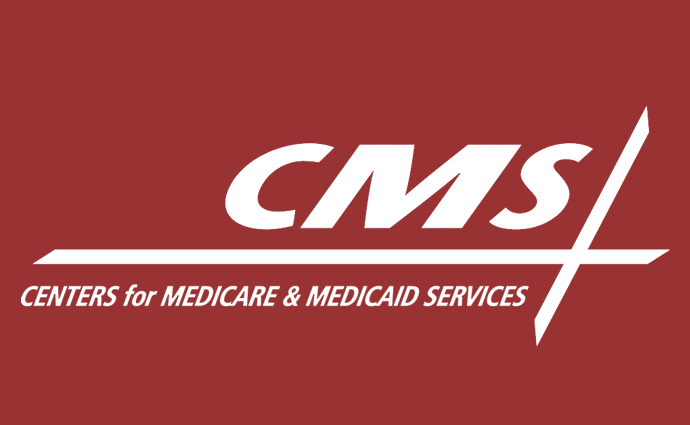CMS Proposes Higher Wage Index for Rural Hospitals
The newly proposed FY 2020 Inpatient Prospective Payment System rule also includes higher technology add-on payments to support rural hospitals.

Source: Xtelligent Healthcare Media
- CMS is proposing to update Medicare payment policies under the Inpatient Prospective Payment System (IPPS) and the Long-Term Care Hospital (LTCH) Prospective Payment System (PPS) for fiscal year (FY) 2020 to better support rural hospitals.
Specifically, the federal agency is considering upping the wage index for low wage index hospitals and increasing new technology add-on payments.
“One in five Americans are living in rural areas and the hospitals that serve them are the backbone of our nation’s healthcare system,” CMS Administrator Seema Verma said in the announcement. “Rural Americans face many obstacles as the result of our fragmented healthcare system, including living in communities with disproportionally higher poverty rates, more chronic conditions, and more uninsured or underinsured individuals.”
“The Trump Administration is committed to addressing inequities in healthcare, which is why we are proposing historic Medicare payment changes that will help bring stability to rural hospitals and improve patients’ access to quality healthcare,” she continued.
The inpatient hospital wage index determines how Medicare adjusts inpatient payments rates to account for local differences in wages, CMS explains in the proposed rule. Hospitals in areas with wages less than the national average receive a smaller Medicare payment compared to hospitals in areas with wages higher than the national average.
The wage index adjustment can cause rural hospitals to receive less than their counterparts in other, oftentimes urban areas. For example, a hospital in a rural community could receive a Medicare payment of about $4,000 for treating a beneficiary admitted for pneumonia while another hospital in a high wage area may receive a Medicare payment of almost $6,000 for the same case.
Stakeholders expressed concerns that the current Medicare inpatient hospital wage index system created disparities between high and low wage index hospitals worse. High wage index hospitals can pay their staff more with greater Medicare payments, enabling the hospitals to continue operating as high index hospitals, they argued.
In contrast, low wage index hospitals remain stuck in the category because lower Medicare payments mean they cannot afford to pay their staff more.
Rural hospitals particularly feel the pressure from receiving lower Medicare payments. About 21 percent of rural hospitals are at high risk of closing based on their current financial position, a recent Navigant analysis reveals.
CMS is proposing to increase the wage index for low wage index hospitals to address the disparities. The increase would also ensure individuals in rural areas have access to care, the agency states in the proposed rule.
Additionally, the federal agency is proposing Medicare payment policies to support greater access to innovative and transformative technologies. The policies include increasing the new technology add-on payment and waiving the requirements that certain medical devices need to qualify for the use of the new technology add-on payments.
“Transformative technologies are coming to the private market, but Medicare’s antiquated payment systems have not contemplated these technologies,” said Verma in the announcement. “I am particularly concerned about cases that have been reported to the agency in which Medicare’s inadequate payment has led hospitals to curtail access to needed therapies. We must continually update our policies in response to the rapid pace of advancement in medical science.”
